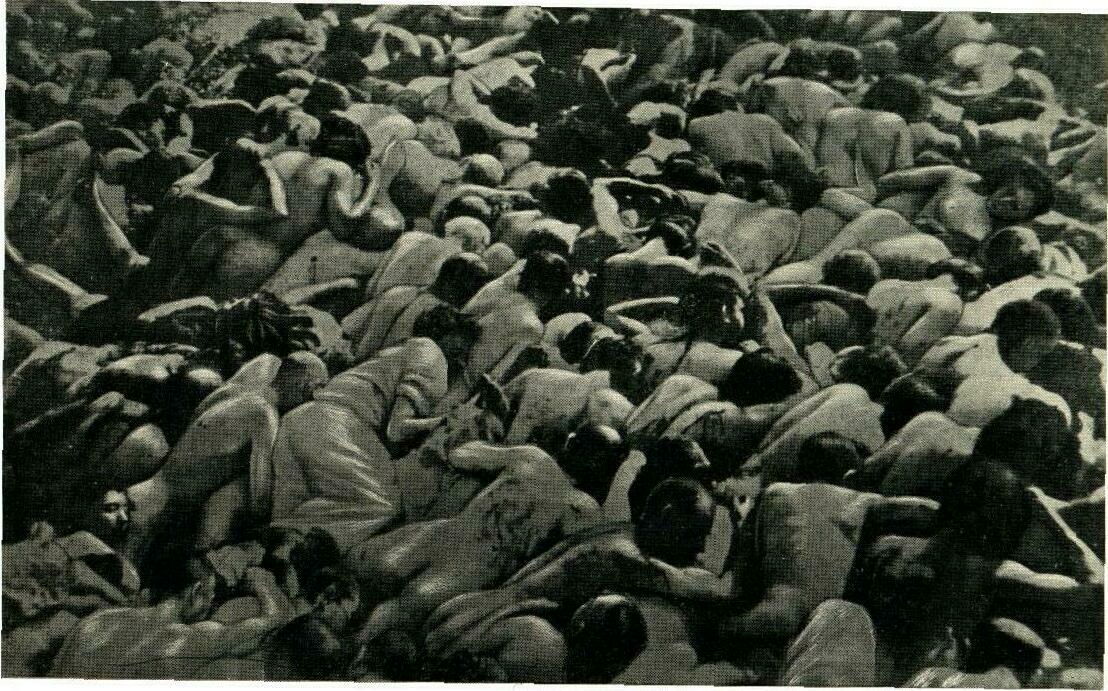In the Second Polish Republic, Zofia Tarasiuk lived in the village of Wojnów near the town of Mordy, located halfway between Minsk Mazowiecki and Siedlce. Before the war, she had moved to the village Mordy, where she maintained close contacts with her Jewish neighbours. The Second World War put her pre-war friendships to the test.
In the interwar period, the Jewish community in Mordy numbered around 3,000. In the first year of the occupation, the Germans established a forced labour camp for Jews near this village. Workers were brought there from Siedlce, Węgrów, Sokołów Podlaski and Warsaw. Meanwhile, in 1941, after the outbreak of the Soviet-German war, the Germans established a ghetto in Mordy until 22 August 1942, when all the Jews were deported to the Treblinka extermination camp.
Some people tried to save themselves by fleeing to the surrounding forests and taking shelter with aid of their Christian neighbours. Some received temporary relief, others permanent assistance. One of the Poles who decided to support the Jewish escapees was Zofia Tarasiuk, who lived in Mordy at the time.
Even before the ghetto was liquidated, she helped Abram Grzywacz from her home village of Wojnów, who she allowed to use her own garden. This enabled him to feed his wife and two children. From then on, Zofia was constantly helping Jewish people.
She did not fail to help when a Jew from Warsaw, unknown by name, knocked on her door. As he was injured, she took care of him. When he left after a few days, he was given shoes, a jumper and underwear. Other Jews in hiding also came to her for food for their families, including three boys from the Cygielsztejn family.
Zofia’s greatest merit was to give permanent help to 6 Jews (the family of Adam and Szymon Garbarz) who had run a butcher’s shop in Mordy before the war. They hid in an outbuilding room, under the floor of the home garden belonging to Zofia. Initially the undercroft was covered with stone, but later Zofia planted currants and sunflowers, which effectively protected the Jews from the inquisitive eyes of the neighbours.
All the Jews in hiding survived the German occupation.





